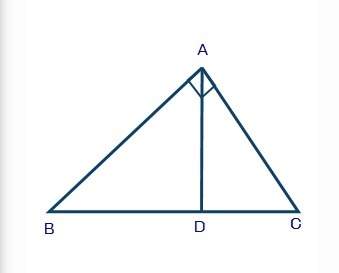
Mathematics, 11.03.2020 21:51 Calirose
When two lights blink in alternation close together, we perceive one light moving back and forth if the time between blinks is short. We want to know the longest interval of time between blinks that preserves this illusion of motion? We ask subjects to turn a knob that slows the blinking until they "see" two lights rather than one light moving. A report gives the results in the form "mean plus or minus the standard error of the mean." Data for 20 subjects are summarized as 259±45 (in milliseconds). What are x¯¯¯ and s for these subjects? (This exercise is also a warning to read carefully: that 259±45 is not a confidence interval, yet summaries in this form are common in scientific reports.)

Answers: 1
Another question on Mathematics

Mathematics, 21.06.2019 18:20
What is the solution set of the quadratic inequality x^2-5< or equal to 0
Answers: 1

Mathematics, 21.06.2019 18:30
You receive 15% of the profit from a car wash how much money do you receive from a profit of 300
Answers: 2

Mathematics, 21.06.2019 21:00
Roger could feed 5 walruses with 4 kilograms of fish. how many walruses could he feed with 7.2 kilograms of fish?
Answers: 1

Mathematics, 21.06.2019 21:00
Rewrite the following quadratic functions in intercept or factored form. show your work. f(x) = 3x^2 - 12
Answers: 1
You know the right answer?
When two lights blink in alternation close together, we perceive one light moving back and forth if...
Questions


History, 11.03.2021 21:20








Biology, 11.03.2021 21:20

Mathematics, 11.03.2021 21:20



English, 11.03.2021 21:20


Mathematics, 11.03.2021 21:20


Computers and Technology, 11.03.2021 21:20






